This week saw the transition from fieldwork to laboratory work. At the beginning of the week two excavations were still open; at the end of the week all excavations were backfilled or readied for future stabilization (as determined by the Institute of Archaeology).
The central excavation in the plaza in the Central Acropolis was bisected and the northern end of the excavation was continued down for another meter without finding any cultural levels. However, an unusual fill artifact found consisted of a burnt piece of a carved human skull. By week’s end, the tomb in the south side of the excavation had been carefully covered and both excavations in the Central Acroplis were completely backfilled.
In the Northeast Acropolis, excavation continued down to bedrock on the eastern end of the trench, some 5.3 m below the ground surface. Importantly, the front facing of the earlier Preclassic building found in 1994 was uncovered; the top of its front surface was only 10 cm beyond the old excavation limit, making the front terrace much shorted than had been predicted, but completely in line with the small frontal terrace of the buried early building found in the A36 platform this season. Once the recording of this trench was complete, the excavation was backfilled.
Ultimo was completely backfilled early in the week, as was the smaller Structure A13 excavation focused on the new monument. Upon instructions from the Institute of Archaeology, soft dirt was placed against the exposed facings of Structure A37 for future stabilization for tourism. Also following their instructions, tarps were placed over (and securely anchored with large stones) the exposed early structure in both excavations in the A36 platform. This is in preparation for an axial excavation to take place next season, after which the structure will be stabilized for viewing by tourists.
Much of the week focused on the necessary laboratory work that needs to be done to end any archaeological field season. Thus, a concerted effort was made to wash and number the sherds and small artifacts that had been excavated and to catalogue all of the small finds. Additionally, all of the reconstructable pottery vessels need to be glued for photography and drawing, which can be very time-consuming if the preservation is not good (as was the case for several of the deposits this year).
By week’s end a substantial dent had been made in the laboratory work, especially the cataloguing and drawing, but – as usual – there is always more to be done to wrap up the field season.
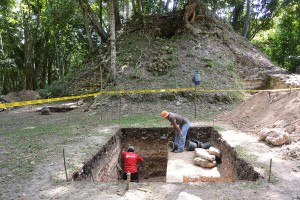
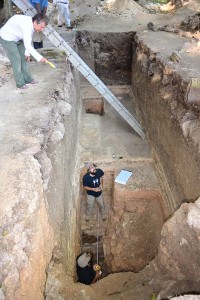
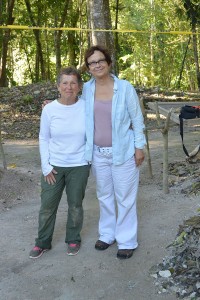
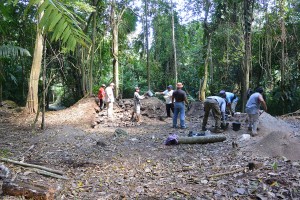
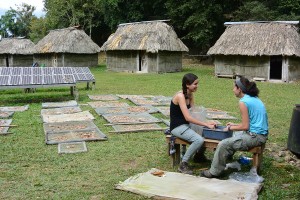
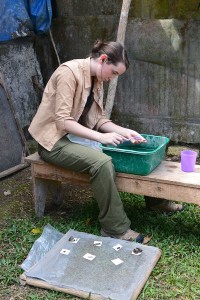
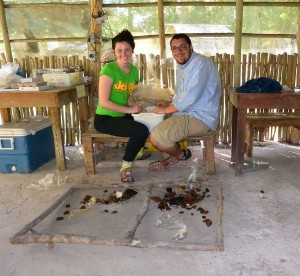
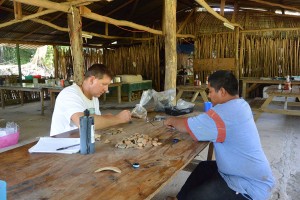
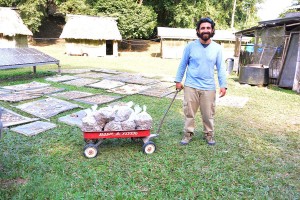
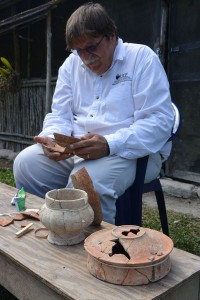
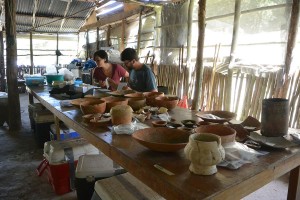
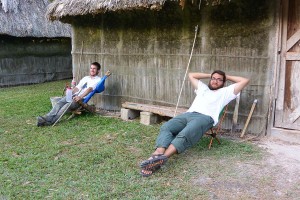
You all have made fantastic progress. I am amazed at the scope of this project.